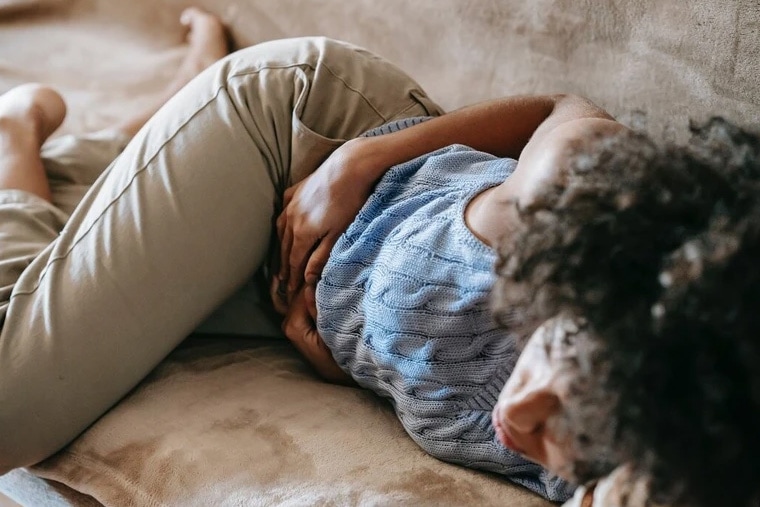Many women dread their periods, but having migraine along for the ride can turn an uncomfortable event into a monster.
Women are more likely to have migraine disease than men, but only after puberty. In children, the prevalence of migraine disease is the same in boys and girls. But once girls get their period, something about the rampant monthly fluctuation of female hormones means that girls are more susceptible to migraine attacks. We don’t really know why, we just know that it happens.
From population studies, around a third of women who have migraine disease also have what is known as menstrual migraine, when attacks occur around the time of their periods (from two days before until three days into the period, when blood flow starts). One reason for this is the drop in the hormone estrogen at this time, which may increase the sensitivity of the brain to pain responses. Fluctuating levels of other hormones may also play a role. The migraine brain doesn’t like change, and that includes the constantly swinging amounts of hormones experienced by women. The good news is that for many women, once on the other side of menopause when estrogen levels stabilise, migraine attacks often diminish. But that can be a long and unpleasant wait, and there’s no guarantee that menopause will bring relief.
For some women, menstrual migraine are more severe and last longer than other migraine attacks. Once a menstrual migraine occurs, treatment is the same as for any other migraine attack (e.g. non-steroidal anti-inflammatories (NSAID), triptans and anti-nausea medication). However, because the attacks can be prolonged, acute treatment often has to be repeated over several days, because symptoms recur as rebound headache.
For this reason, long-acting triptans (e.g. frovatriptan or naratriptan) are commonly used overseas, but we do not currently have these options in Aotearoa New Zealand. These triptans hang around longer in the body, so they are more appropriate for treating long-lasting migraine attacks. Frovatriptan has a half-life of 26 hours, meaning it takes more than a day to eliminate half of a frovatriptan dose from the body. The only triptans available in NZ are short-acting (sumatriptan and rizatriptan), with a half-life of 2.5 hours. These have a higher risk of rebound headache, as they are quickly eliminated from the body, so their effectiveness is lost when a migraine attack is protracted. Care must be taken if triptans are also frequently used to treat non-menstrual migraine attacks, as taking triptans for more than 10 days a month can lead to medication-overuse headache.
There is also the option of taking a ‘mini’ preventive treatment. This involves taking medication (usually) from a few days before the period starts and for a few days while bleeding occurs.
Mini-prevention options include:
- NSAID (e.g. naproxen or mefenamic acid).
- Estrogen supplements (e.g. a patch or gel), although estrogen is not recommended for anyone with a history or high risk of breast cancer.
- Magnesium, taken 15 days from the start of a period until the next period begins. This can be particularly useful for women with irregular periods.
Some contraception methods can also help manage menstrual migraine, if they suppress estrogen. For example, taking the combined oral contraceptive pill continuously without taking the seven days of inactive pills; or depot progesterone injections, as long as bleeding is suppressed. Combined oral contraceptive pills are not recommended for women who have migraine with aura, due to a small increased risk of stroke.
Many women dread their periods, but having a migraine along for the ride can turn an uncomfortable event into a monster. If you are having menstrual migraine, talk to your doctor about treatment options. And let us know what’s working for you – your knowledge may help another woman slay the monthly monster!
Resources
- Menstrual migraine – The Migraine Trust
- Menstrual Migraine Treatment and Prevention – American Migraine Foundation
- Menstrual migraine – National Migraine Centre
- Menstrual Migraine – National Headache Foundation
- Grøtta Vetvik, K., & Anne MacGregor, E. (2021). Menstrual migraine: a distinct disorder needing greater recognition. Lancet Neurology, 20(4), 304–315. https://doi.org/10.1016/S1474-4422(20)30482-8


